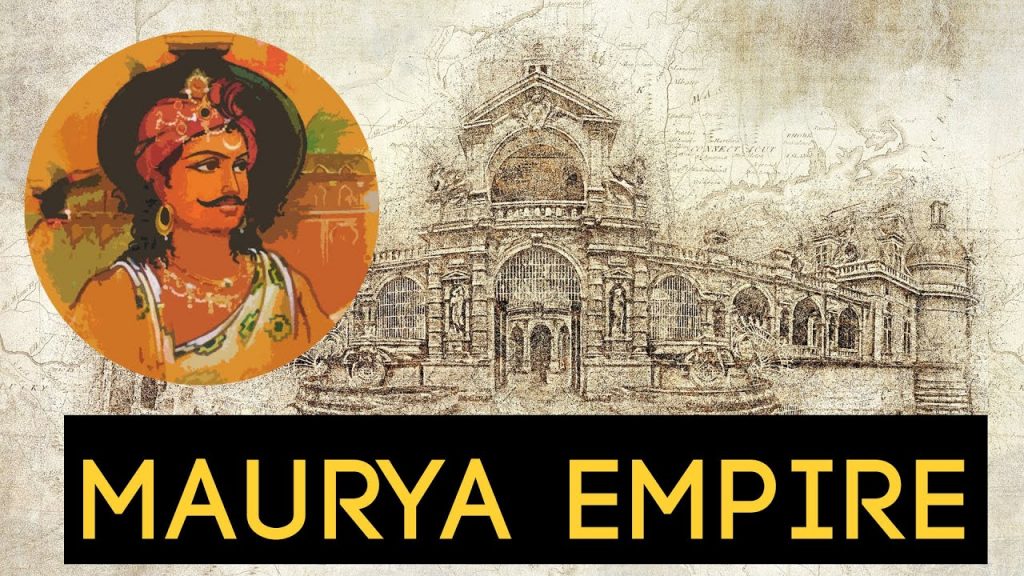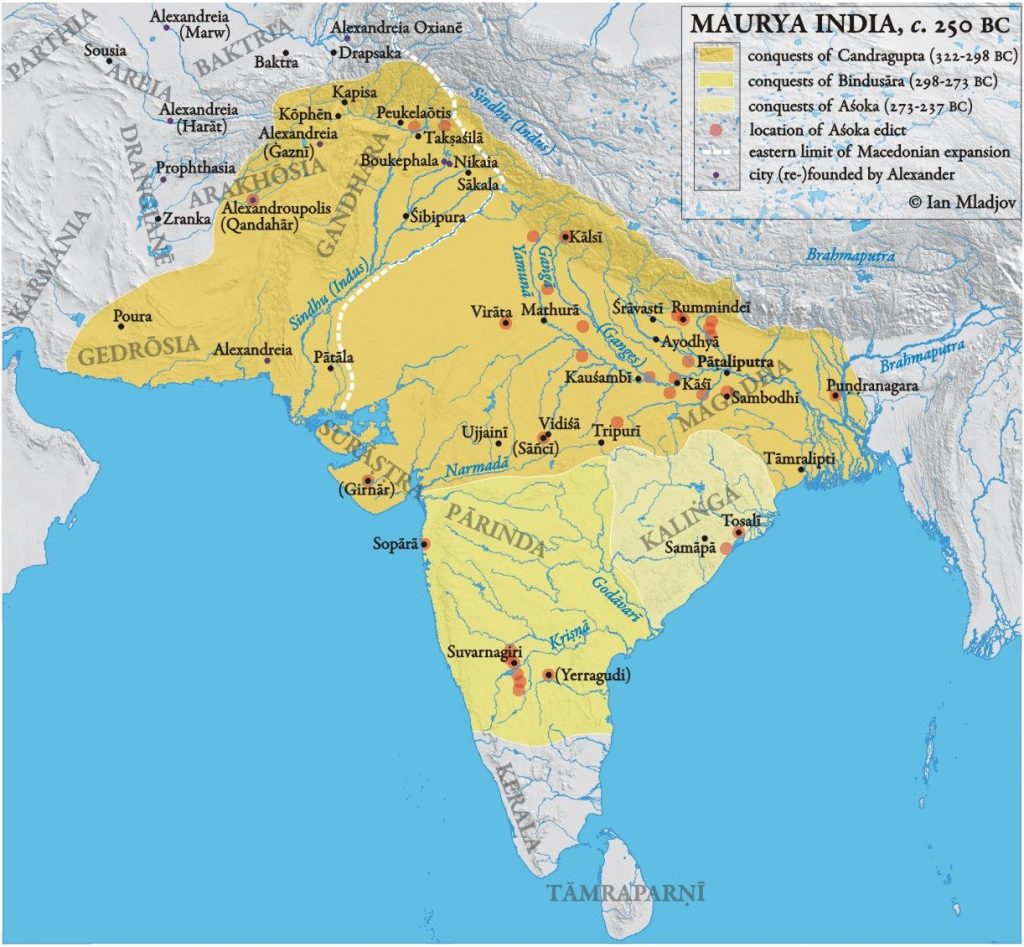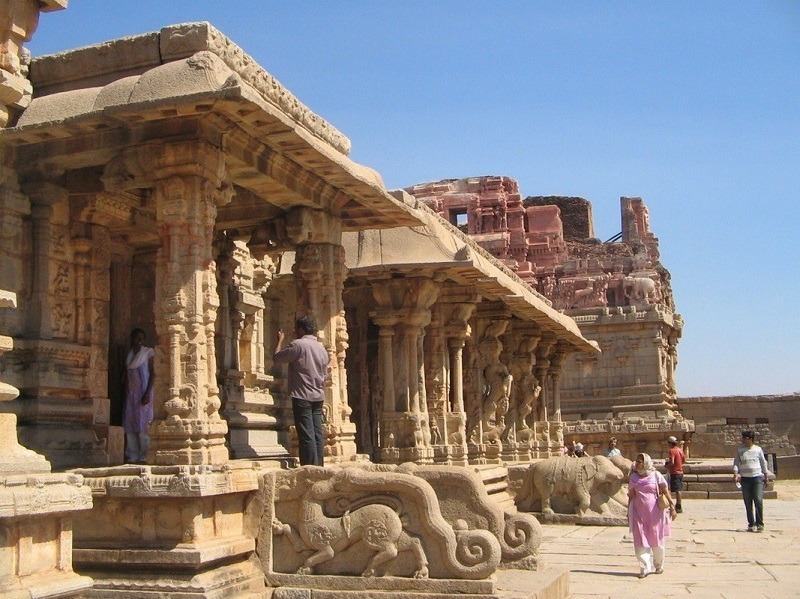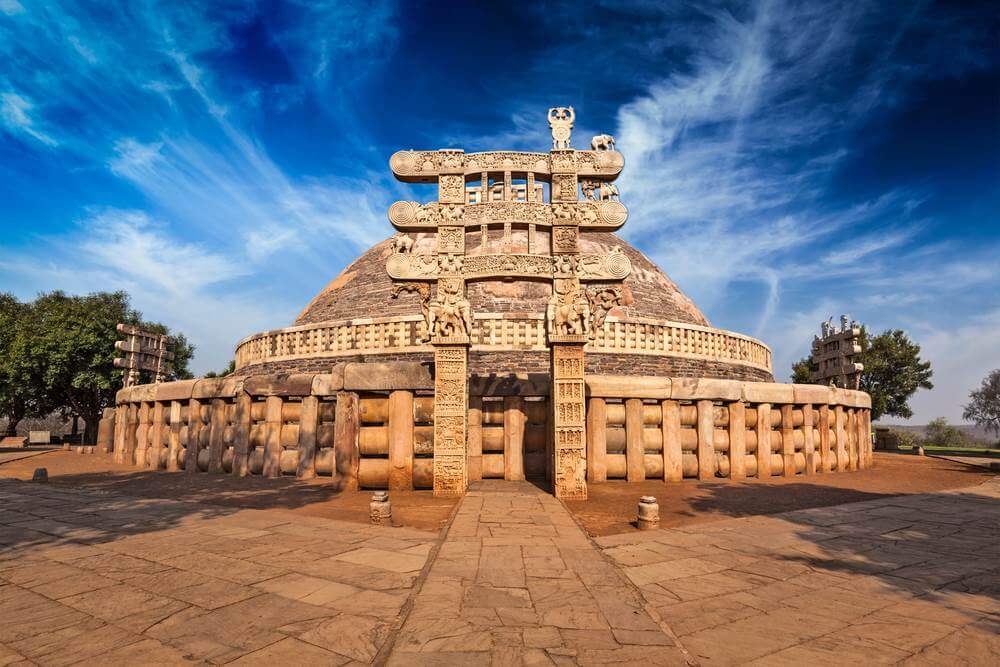About Mauryan Emprire
Table of Contents

The Mauryan Empire, formed about 321 B.C.E. and ended in 185 B.C.E., it was the first pan-Indian empire, an empire that included most of the Indian subcontinent. It cut through central and northern India as well as parts of present-day Iran.
The first leader of the Mauryan Empire, Chandragupta Maurya, began to consolidate the world as Alexander the Great began to decline. Alexander’s death in 323 B.C.E. left a large power station, and Chandragupta took advantage of it, assembled an army, and overthrew the Inanda power at Magadha, in eastern India, marking the beginning of the Maury Empire. After being crowned king, Chandragupta forcibly took over other countries and forged alliances.
Mauryan Empire’s Starts
Chandragupta’s prime minister Kautilya, also known as Chanakya, advised Chandragupta and handed over state property. In addition to being a political strategist, Kautilya is also known for writing the Artaxerxes, a book on leadership and government. Artaxerxes explains how the state should organize its economy and maintain its power. The government of Chandragupta was almost identical to the government described in Artaxerxes. An outstanding feature of Artaxerxes was that of spies. Kautilya praised the king for having a large network of spies that would serve as a watchman’s power. Focusing on deception reflects the view that is harmless, even restrictive.


After Chandragupta
Bindusara, the son of Chandragupta, ascended the throne about the year 300 B.C.E. He kept the state functioning while maintaining its territories. Bindusara’s son, Ashoka, was the third leader of the Maryan Kingdom. Ashoka left a mark on history by erecting large stone pillars marked by the laws he issued. After leading a bloody campaign against Kalinga (a region on the east and east coast of India), Ashoka re-examined his commitment to expanding the empire and instead converted to Buddhism and its nonviolent policy. Many of his commands encouraged people to stop violence and to live peacefully with one another – two important Buddhist principles.
After Ashoka’s death, his family continued to rule, but the empire began to disintegrate. The last of the Mauryas, Brihadratha, was assassinated by his chief commander – a man named Pushyamrita who continued to inherit the Shunga dynasty – in 185 B.C.E.

